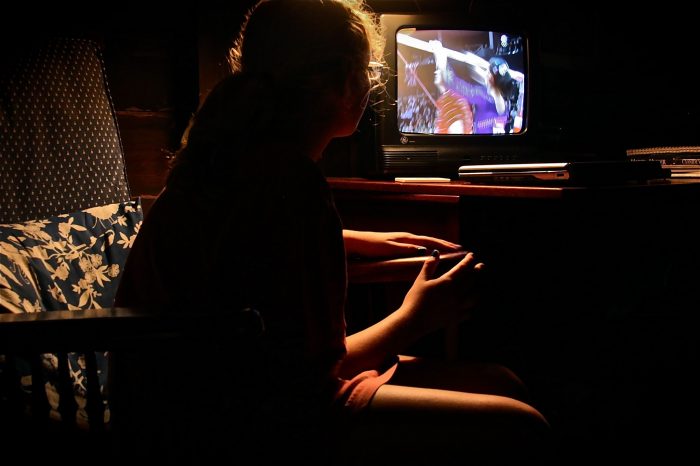
Israeli children’s news creators think no topic should be categorically excluded from the newscasts, Michal Alon-Tirosh, of Max Stern Yezreel Valley College, writes. Alon-Tirosh interviewed 15 professionals working with children’s news -policy makers, editors, and anchors- over how they perceived their audiences’ needs.
Majority of the interviewees thought children’s news were needed in order to educate them in important societal matters. According to one interviewee, the children display “glaring indifference” towards information that is common knowledge to adults. Putting that information in a more digestible and optimistic form can help to pass it on to citizens-in-the-making without burdening them excessively.
When asked about which topics they saw suitable for children, the interviewees “surprisingly” opted for an all-inclusive approach, Alon-Tirosh writes. According to the creators, children will inevitably be exposed to bad news – it is therefore necessary for the children’s news to explain them in a way suitable to juveniles.
After consideration, however, the interviewees came up with conditional restrictions: some harmful news can be excluded, if they have no direct connection to the children’s lives. Namely, “contagious” phenomena like suicides and anorexia were thought to be best left unmentioned, unless the audience hears of them in connection to, for example, a popular celebrity.
The article “Children and news” was published by The Journal of Children and Media. It is available online (abstract free).
Picture: Watching the Olympics by smilla4, licence CC BY-NC 2.0.